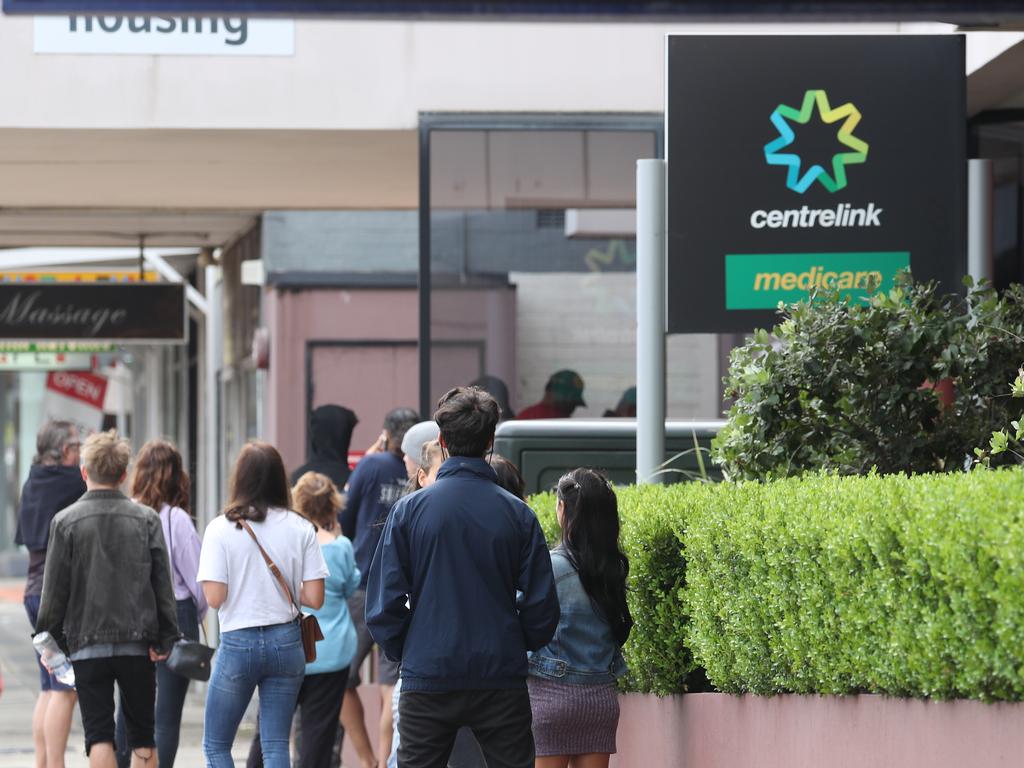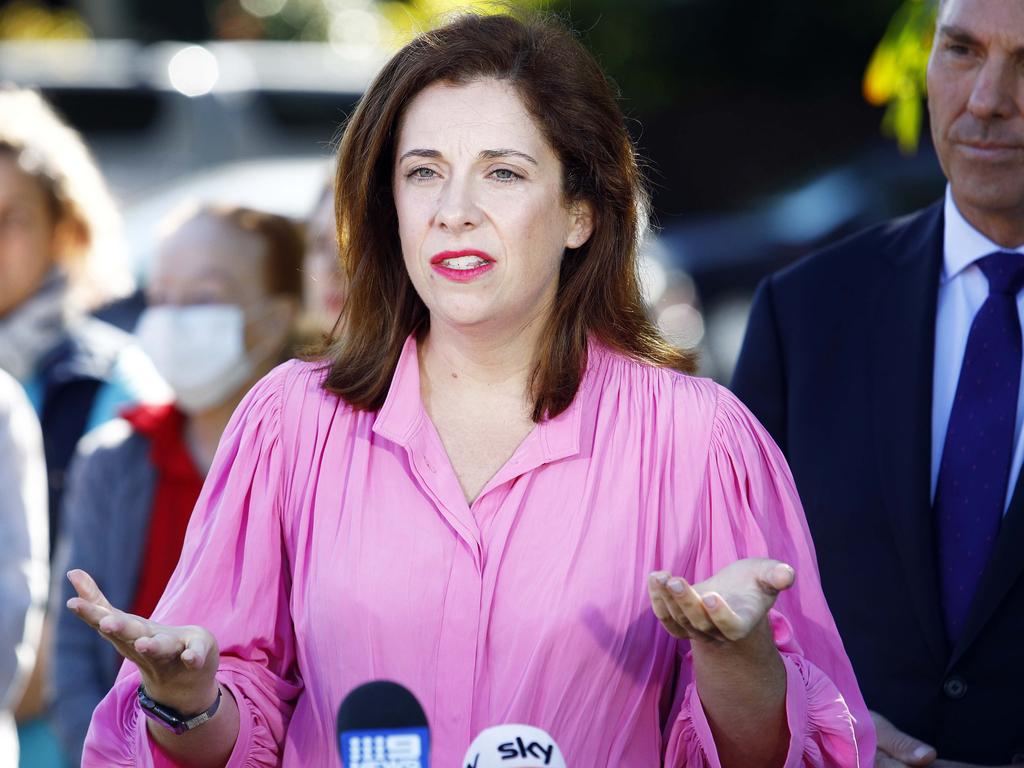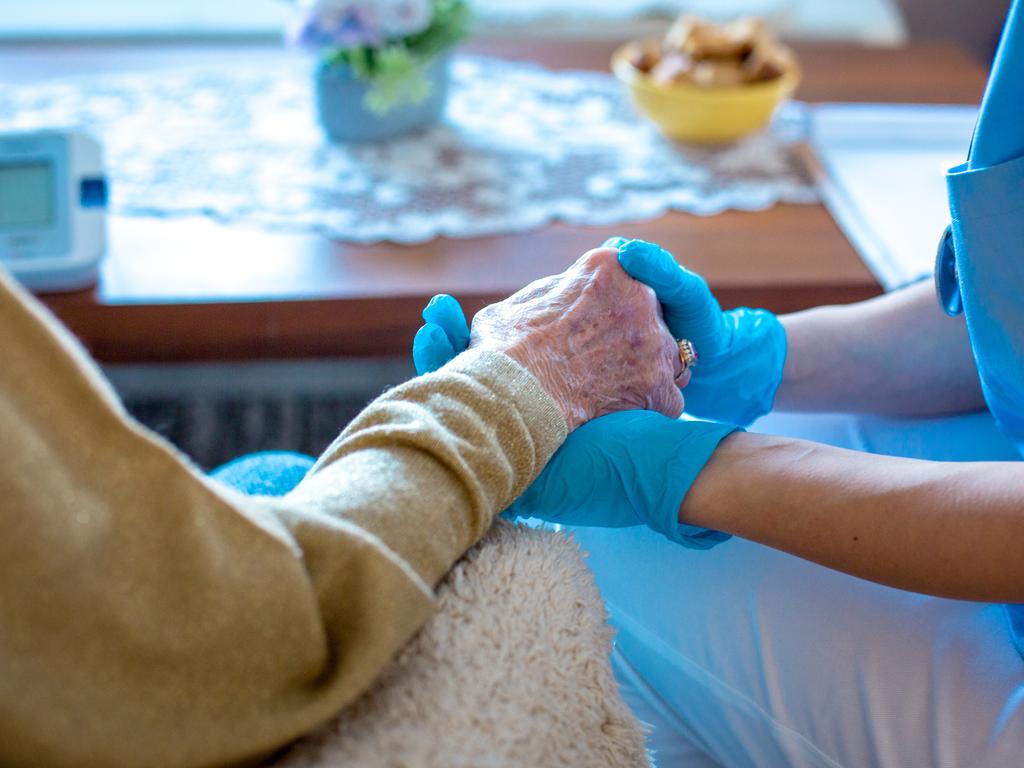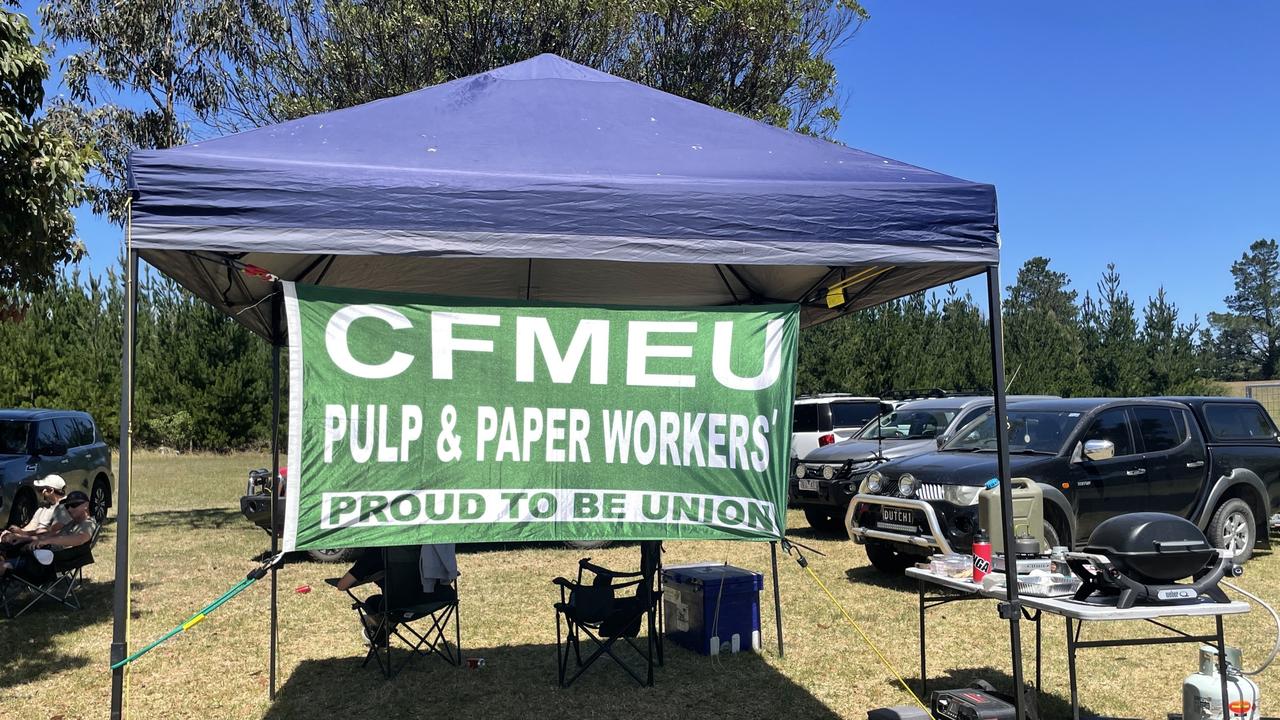Some aged-care providers claiming home renovations under in-home care plans
Some providers are claiming ‘excluded’ items ranging from flights to home renovations, a review warns.
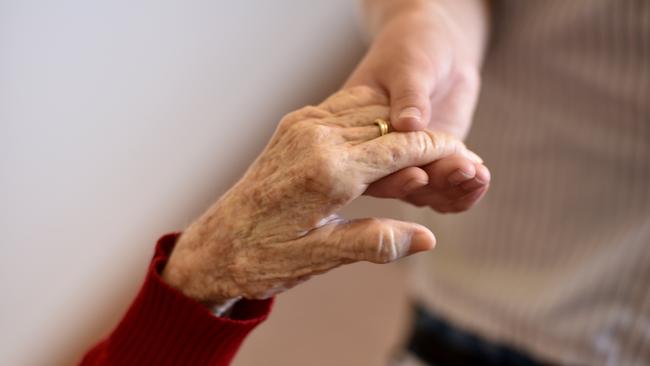
Some aged-care providers are brazenly claiming “excluded” items in home-care packages, ranging from flights and holiday accommodation to home renovations, TVs, subscription services and even groceries, as they look to keep existing clients and attract new ones, a government review warns.
A Health Department report – to be published soon and seen by The Australian – also reveals that more than nine in 10 in-home care providers in the $6.5bn-a-year sector are failing to meet the government’s minimum price transparency requirements in their dealings with clients. And the inaugural Home Care Packages Program Assurance Review finds that some of the 275,000 older Australians receiving government-funded packages are seeing as much as 60 per cent of it go to their provider in care-management fees rather than it being spent on other essential services such as personal care and nursing.
Other providers are charging up to 30 per cent of the total package value simply to navigate administrative paperwork, provide insurance and the like, the review finds.
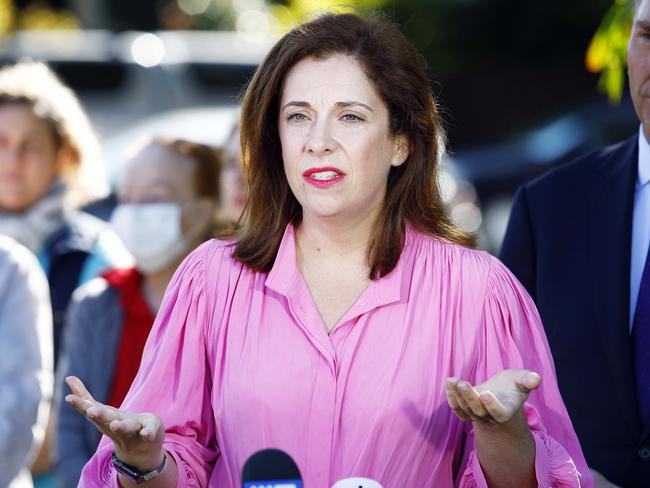
The Health Department review was not tasked with investigating claims for items outside the permitted scope of an in-home care package, but during its examination of 16,000 provider documents uncovered a raft of excluded items in plain sight. These included holidays (both flights and accommodation that were categorised as “respite”), home renovations, fuel gift cards, purchases of TVs and entertainment items, subscription services, airconditioners, kitchen appliances, furniture such as beds, mattresses and recliners, gardening services, medicine and groceries.
The current “quality of care” principles operating under the Aged Care Act list items specifically excluded from home-care packages, including using the package as a general source of income, home modifications, holidays, food, accommodation costs and others.
“What is particularly concerning is that the review team was not deliberately looking at expenditure on such items (as these were out of scope for this review), however, these examples were hard to miss as they were quite explicit in some of the monthly statements and invoices reviewed,” the review says. “A common complaint to the review team was that providers doing the right thing lose care recipients to more ‘generous’ providers (i.e. providers who are more inclined to approve excluded items).”
The consequences for a provider of including “excluded items” in a home care package can include repaying the amount, having the non-compliance published in future accreditation reports or on a non-compliance register published on the My Aged Care website, more frequent regulator reviews, and potentially loss of accreditation.
In-home care is becoming an increasingly sought-after form of aged care as more older Australians look to remain in their own homes for as long as possible.
The review, which started under the previous federal government, surveyed 100 of the 911 registered home-care providers in Australia.
The providers surveyed manage 60 per cent of the 275,000 older Australians with complex care needs who receive a home-care package. Overall the home care package scheme will run to about $6.5bn in 2022-23, as part of a broader annual federal government spend in aged care of about $28bn.

“With growing demand for these HCPs, it is imperative that care recipients and the government (on behalf of taxpayers) have confidence that funds are being spent for the purpose intended,” the review says. “There remains public concern that HCP ‘administrative’ charges are high.”
The Health Department review uncovers a series of failings by providers to adhere to pricing transparency requirements including not reviewing pricing schedules each year as required and keeping unspecified “contingency funds” on behalf of clients.
“Lack of pricing transparency, or inaccurate pricing information on My Aged Care, was of particular concern,” it says. “Pricing transparency requirements have been in place since 2019 and are clear. Yet, some providers are still not meeting their obligations.”
Aged Care Minister Anika Wells expressed her disappointment at the sector’s widespread lack of transparency over how billions of dollars in taxpayers’ money was being spent.
“I am not surprised but very frustrated that 91 out of the 100 reviewed providers were not giving care recipients the required level of pricing transparency, despite these requirements being clear and longstanding,” Ms Wells said.
“The least our most vulnerable people deserve is honesty and transparency.
“Providers hiding costs and stinging care recipients is the common complaint I hear …. and this survey now reveals that as a black-and-white truth.”
The review finds the average management charges for a fully managed level-one package, the lowest available, was 17 per cent, with a range between 0 and 60 per cent. Package management charges averaged 10 per cent, with some reaching 31 per cent.
But providers had different approaches to what was and wasn’t included in these charges, the review found, leading to confusion and uncertainty for care recipients and their families.
Ms Wells said the review’s findings were further evidence that the administration and management fees charged by aged care providers must be capped, one of the changes proposed in legislation the Labor government introduced to parliament earlier this month, with more taxpayer money diverted into direct care.
The review also found examples of practices within a number of in-home providers that were neither transparent nor offered value for money. These included charging a fixed percentage surcharge to process third party provider invoices regardless of the effort involved, and charging more for package management for higher package levels when there was no evidence of an increased amount of work required.



